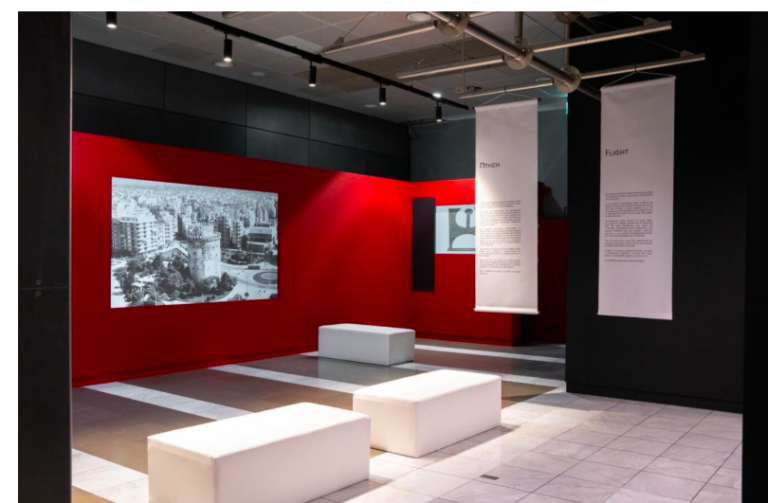IN the innermost chamber of the site said to be the tomb of Jesus, a restoration team has peeled away a marble layer for the first time in centuries in an effort to reach what it believes is the original rock surface where Jesus’ body was laid.
Many historians have long believed that the original cave, identified a few centuries after Jesus’ death as his tomb, was obliterated ages ago. But an archaeologist accompanying the restoration team said ground penetrating radar tests determined that cave walls are in fact standing — at a height of six feet and connected to bedrock — behind the marbled panels of the chamber at the centre of Jerusalem’s Church of the Holy Sepulchre.
“What was found,” said National Geographic archaeologist Fredrik Hiebert, “is astonishing.”
The work is part of a historic renovation project to reinforce and preserve the Edicule, the chamber housing the cave where Jesus is said to have been entombed and resurrected.
It is the centrepiece of one of Christianity’s oldest churches and one of its most important shrines.
“I usually spend my time in Tut’s tomb,” said Hiebert about the Egyptian pharaoh Tutankhamun’s burial site, “but this is more important.”
National Geographic is partnering with Greek restoration experts to document the work. A 12th-century building sitting on 4th-century remains, the Church of the Holy Sepluchre is the only place where six Christian denominations practice their faith at the same site. Renovations at this holiest of spots require mutual agreement by the church’s various custodians, and that is notoriously hard to secure. The denominations jealously guard different parts of the site and often object to even the slightest of changes. Pilgrims line up throughout the day for the chance to crouch in the Edicule’s tiny room. They kneel before a white marble encasing, said to cover a surface hewed from the side of the limestone cave where Jesus’ body was laid before his resurrection. Church officials closed the Edicule to pilgrims beginning Wednesday evening, and workers used a pulley to slide open the marble slab, in hopes of reaching the burial surface. Hiebert said the slab hadn’t been removed since the year 1550. Underneath the marble was a layer of debris. By Thursday afternoon, workers had finished removing the debris, revealing something unexpected: another marble slab. Hiebert said he thinks the second slab, which is grey and features a small etching of a cross, dates to the 12th century. It is cracked down the middle, and underneath it is a whitish layer.
“I don’t believe … that is the original rock,” Hiebert said. “We still have more to go.” “We will close the tomb after we document it,” said Antonia Moropoulou, an architect at the National Technical University of Athens, which is supervising the renovation. “What happened here 2000 years ago completely changed the history of the world,” Hiebert said. “To be able to dig, let’s say, to the rock where the body of Jesus was laid … it’s overwhelming joy.” At one point, a National Geographic film crew documented the site as clergy burned incense around them in a daily church rite.
After the film crew cleared out, a pair of clergymen in brown frocks, and an Israeli policeman stationed at the church to help keep the peace, clambered over a pile of work tools, electrical wires and a yellow hard hat on the Edicule floor to lean into the inner chamber and snap cell phone photos of the exposed tomb.
“It’s a historic moment, huh?” the policeman said.
Source: AP
Ask me anything
Explore related questions









